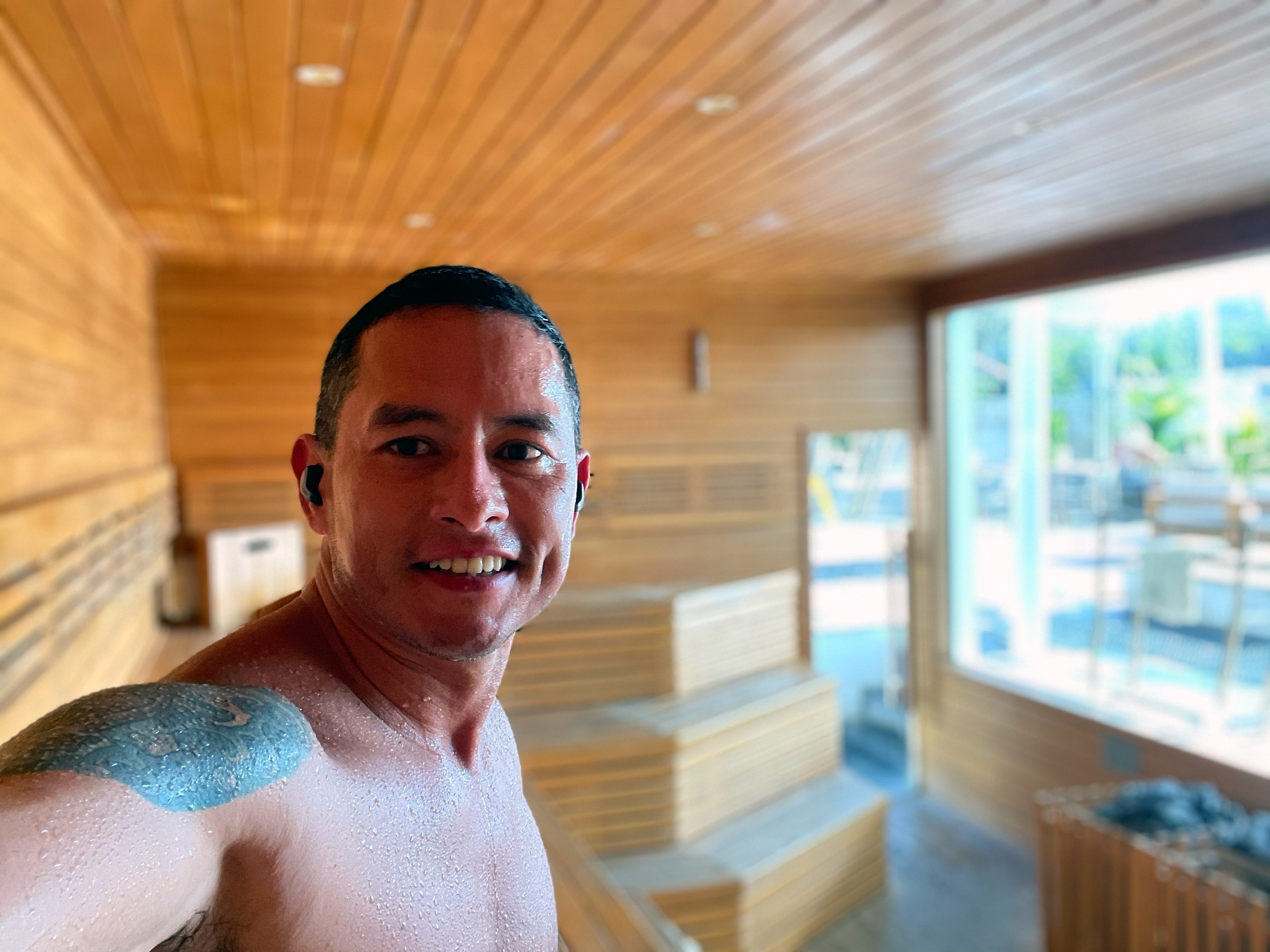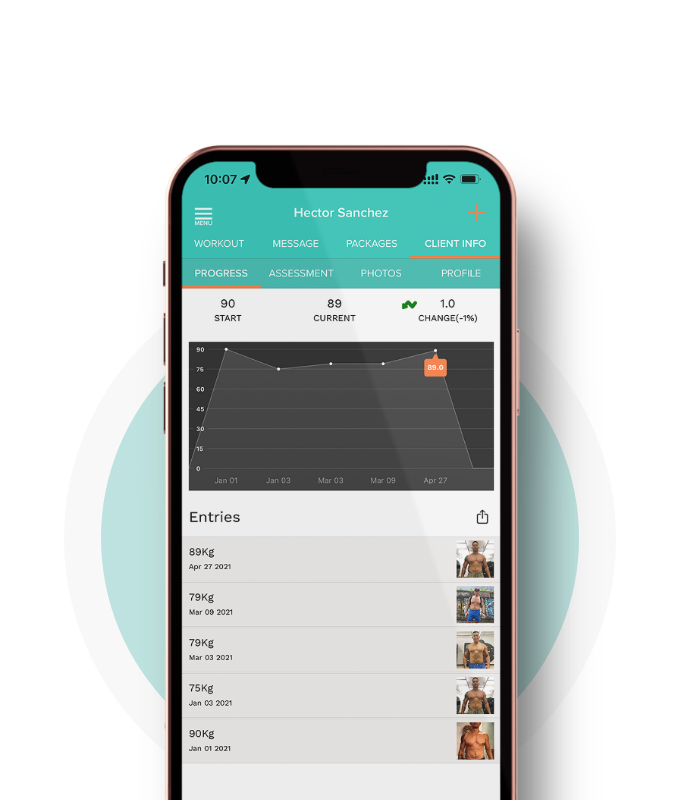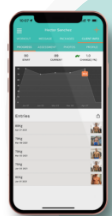How to Bounce Back Faster: Mastering Recovery and Regeneration Techniques
As a personal trainer, it is important to help your clients recover and regenerate after intense workouts to prevent injuries and ensure they can continue making progress towards their fitness goals. There are a variety of techniques and strategies that can be used to promote recovery, including the use of hot and cold therapy. In this article, we will explore the potential benefits and drawbacks of using these techniques and how they can be incorporated into your personal training practice.
Hot Therapy
Hot therapy is a technique that involves using heat to increase blood flow to an area of the body. This increased blood flow can help to reduce muscle soreness and stiffness, improve joint flexibility, and speed up the healing process. There are several different ways to incorporate hot therapy into your personal training practice, including the use of saunas, hot tubs, and hot baths.
One of the potential benefits of using hot therapy is its ability to promote relaxation and reduce stress. When the body is exposed to heat, it can trigger the release of endorphins, which are natural painkillers that can help to reduce anxiety and promote a sense of well-being.
Another potential benefit of using hot therapy is its ability to improve cardiovascular health. Heat causes the body to work harder to cool down, which can help to increase heart rate and improve circulation. This can help to lower blood pressure and reduce the risk of heart disease.
However, it is important to note that there are also potential drawbacks to using hot therapy. One of the main concerns is the risk of dehydration, which can occur when the body is exposed to high temperatures for an extended period of time. It is important to encourage clients to stay hydrated and limit their exposure to heat to avoid this risk.
Incorporating Hot Therapy into Your Personal Training Practice
At my personal training practice, I have found that incorporating hot therapy can be an effective way to help clients recover after intense workouts. I often recommend that clients use a sauna after their workouts to promote relaxation and reduce muscle soreness. I also encourage clients to take hot baths or use a hot tub to help improve joint flexibility and speed up the healing process.
One of the ways I have incorporated hot therapy into my personal training practice is by recommending that clients use a sauna after their workouts. After a particularly intense workout, I find that spending 10-15 minutes in the sauna can help to reduce muscle soreness and promote relaxation. Additionally, many of my clients have reported feeling more energized and focused after using the sauna.
Cold Therapy
Cold therapy is a technique that involves using cold temperatures to reduce inflammation and promote healing. This can be achieved through the use of ice packs, cold baths, or cold pools. The idea behind cold therapy is that exposing the body to cold temperatures can help to constrict blood vessels, which can reduce inflammation and promote the healing process.
One of the potential benefits of using cold therapy is its ability to reduce inflammation and swelling. When the body is exposed to cold temperatures, it can cause the blood vessels to constrict, which can reduce blood flow to the affected area. This can help to reduce inflammation and promote healing.
Another potential benefit of using cold therapy is its ability to reduce muscle soreness and stiffness. Cold temperatures can help to numb the nerves in the affected area, which can reduce pain and promote relaxation.
However, it is important to note that there are also potential drawbacks to using cold therapy. One of the main concerns is the risk of reducing muscle growth. Some studies have suggested that using cold therapy after workouts may reduce muscle growth, as it can interfere with the body's natural recovery process.
Incorporating Cold Therapy into Your Personal Training Practice
At my personal training practice, I have found that incorporating cold therapy can be an effective way to reduce inflammation and promote healing. I often recommend that clients use cold packs or cold
compresses on areas that feel sore or inflamed, such as the knees, shoulders, or lower back. This can help reduce swelling and inflammation, and improve recovery time. Similarly, hot therapy can be useful for relaxing muscles and increasing blood flow to sore or stiff areas. I often recommend that clients use a hot water bottle, warm towels, or a heating pad to apply heat to affected areas.
In addition to using cold and hot therapy as recovery techniques, I also encourage clients to incorporate them into their regular routines as a preventive measure. For example, taking a cold shower or sitting in a cold pool can help reduce inflammation throughout the body, leading to better overall health and performance. Similarly, using a sauna or taking a warm bath can help relax muscles and improve circulation, which can help prevent injury and improve recovery time.
While there are many potential benefits to using cold and hot therapy, it's important to note that there can be drawbacks as well. For example, some studies suggest that using ice or cold packs immediately after a workout may interfere with muscle growth and repair. Similarly, excessive heat exposure can be dangerous and can lead to dehydration and heat stroke.
To avoid these potential drawbacks, I recommend that clients use cold and hot therapy in moderation, and always consult with a healthcare professional before beginning any new recovery or wellness practices. It's also important to listen to your body and adjust your recovery techniques as needed. If something doesn't feel right, it's better to err on the side of caution and seek medical advice.
In my personal training practice, I have seen firsthand the benefits of incorporating cold and hot therapy into recovery and wellness routines. Some of my clients have even gone so far as to install a cold tub and sauna in their villa here in Bali, and I often use the sauna after all my workouts. However, I do not use the cold pool after my workouts because some studies suggest that cold pools are not good for muscle growth.
In conclusion, cold and hot therapy can be powerful tools for personal trainers and their clients looking to improve recovery time and prevent injury. By incorporating these techniques in moderation and listening to your body, you can experience the potential benefits without the drawbacks. Remember to always consult with a healthcare professional before beginning any new wellness practices, and enjoy the benefits of a balanced and healthy lifestyle.
By; Hector Sanchez
CEO, The Training Notebook
1. "Cryotherapy
for recovery and performance enhancement in amateur and professional
athletes," by S. Banfi et al.
2. "Effect of
water immersion on recovery after a high-intensity exercise session in
elite male and female athletes," by S. Ascensão et al.
3. "Heat
acclimation improves athletic performance," by J. R. Walsh et al.
4. "Acute cold
exposure and muscle protein synthesis in humans," by J. A. Hawley et
al.
5. "The use of
thermal imaging in evaluating the effects of cold immersion on blood flow
and muscle temperature," by A. R. Barclay et al.
These sources provide more information on the potential benefits and drawbacks of using cold and hot therapy for recovery and injury prevention, as well as supporting evidence for the information presented in the article.




